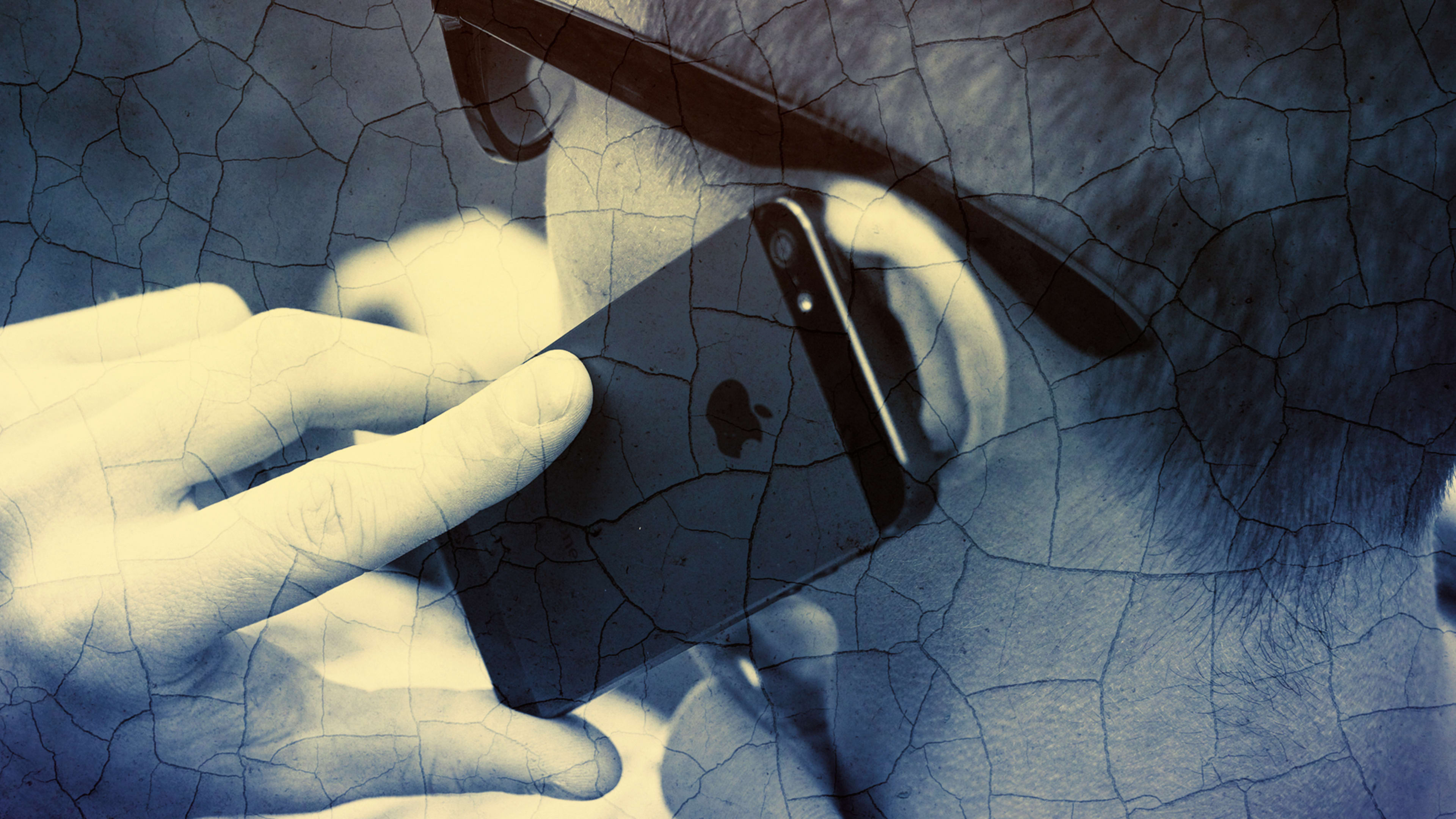In a year where the 5G radio will be the new iPhone’s spotlight feature, Apple has decided to design the phone’s antenna itself.
Apple balked at the QTM 525 millimeter-wave antenna module offered to it by Qualcomm because it doesn’t fit into the sleek industrial design Apple wants for the new phone, a source with knowledge of Apple’s plans told Fast Company. Qualcomm will provide the 5G modem chip–its Snapdragon X55, also used in Samsung’s new Galaxy S20 phones–for the newest iPhone, which will likely be announced in the fall.
However, Apple typically designs on several tracks, and it’s concurrently working on another design that uses both the Qualcomm modem and antenna. It could default to this option later this year, our source said. But that would require Apple to settle for a slightly thicker iPhone than it wants. Qualcomm has said that its QTM 525 antenna module will “support 5G smartphone designs sleeker than 8 millimeters thick.”
For Apple, this is a tricky situation in multiple ways:
Apple isn’t great at designing antennas. The company has designed its own antennas before, with less than perfect results. Most famously, its antenna design in the iPhone 4 was blamed for dropped calls when you held the phone in a certain way. Another more recent Apple antenna design required twice as much power as comparable antennas to produce the same amount of radio signal, our source said.
5G antennas are hard. The antennas required for millimeter-wave (mmwave) 5G devices are harder to design than other kinds of antennas. Because these antennas send and receive higher frequency signals than earlier generations, our source said, there’s less room for error in their design and manufacture. A slight imperfection in an antenna coming off the production line might lead to connection problems later on.
The 5G iPhone will use a “phased array” antenna with two parts that work together to form a beam of radio signal. The beam can be electronically steered in different directions without the antenna moving. The modem chip and the antenna module work closely together to make this work properly, our source said. Having the two parts made by different companies may introduce some uncertainty and bump up the difficulty level of the overall design.
It’ a bad time for another Antennagate. A lot is riding on the success of the first 5G iPhone. In a year in which Apple hopes to return to iPhone sales grown, it’s depending on 5G’s fast connection speeds to convince many of its current customers to upgrade. And 5G performance is totally reliant on the antenna.
A marriage of convenience
Apple doesn’t just want to use its own antenna for industrial design reasons. In general, the company wants as few Qualcomm parts in the iPhone as possible. As our source put it, Apple still feels it’s “getting screwed on royalties” by Qualcomm. Apple pays for Qualcomm parts (like the modem) and royalties for using Qualcomm’s intellectual property. This “double-dipping” was the basis of the two companies’ long court dispute that finally ended when they decided to make up and work together in 2019.
But bad feelings remain. Both sides know they’re in a marriage of convenience, and one that might not last much longer. At the same time it signed a truce with Qualcomm, Apple bought Intel’s modem business and is putting a lot of resources into building its own 5G modem, with an eye on using it to replace the Qualcomm modems in future iPhones.
As for who will build the antenna in this year’s 5G iPhone, Apple’s design plans are surprisingly fluid in the months before its big announcements. Plans change. Components and features are added and dropped. What we know is that Apple has at least two options for the antenna in its inaugural 5G device. A final decision between the two will likely happen before this summer.
Apple didn’t immediately respond to a request for comment. We’ll update the story with any new information.
Recognize your brand’s excellence by applying to this year’s Brands That Matter Awards before the early-rate deadline, May 3.
